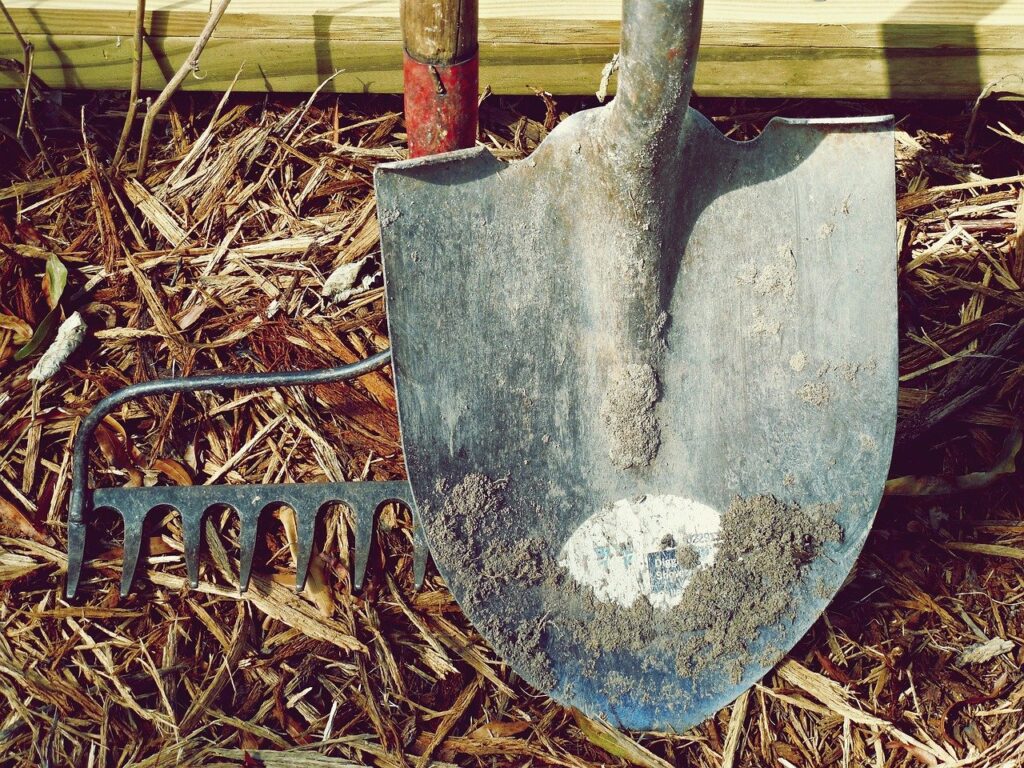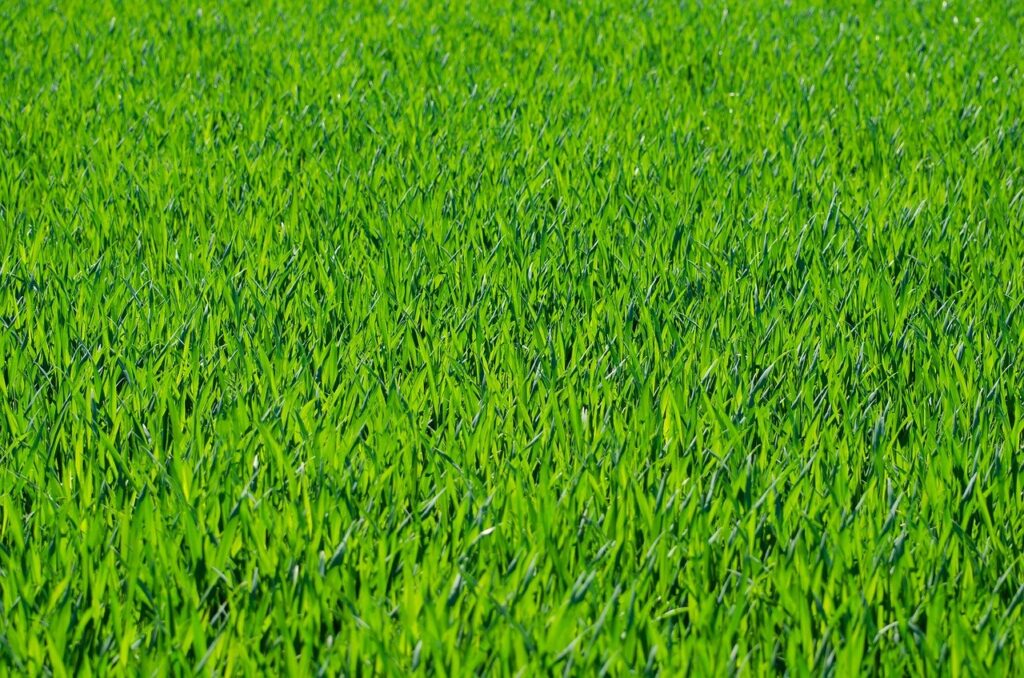How To Transform Your Garden In Time For Spring

Catering to your garden is necessary, and you should make sure to give it the transformation it deserves. According to research, a well-maintained landscape with mature trees can increase property value by 25%. During the winter, your plants may experience some deterioration. Fortunately, with a few tweaks, you should get everything back to normal in time for spring. Here are a few tips.
Inspect your garden tools

Your garden tools surely need some revamping after being in storage for so long. You can start by removing debris or mud from your shovels, spades, and trowels, as other tools may require more attention. You can maintain tools’ bare wooden handles by applying a thin layer of linseed oil. You can sharpen blunt tools using a fine metal file. Also, you can oil and loosen up the handle of your garden mower; to prevent it from seizing up.
Repaint your fences and gates
Make the time to repair any broken fences and gates or locks around your garden and paint them. To prevent your work from getting ruined, be sure to check the weather forecast for the day you choose to paint to be sure there is no imminent rain. And make sure the temperature for the day will be conducive for painting. Before you begin painting, coat your fence with a layer of protective treatment to prevent your painting from being damaged by mildew and rot. And when picking out the color to use, consider choosing a bright color to add a pop of color to your garden.
Plant seeds for flowers and shrubs
Your garden will be in full bloom by the peak of summer if you plant your seeds early. Early sowing gives the plant a chance to get used to its new home before the start of early root growth in spring. Plants that can begin root growth early in spring get a solid head start toward the rest of spring and summer. Keep in mind that not all small plants like to settle in during the cold, wet weather, so be sure to do your research to help you decide what to plant right away and what to hold off.
Hunt down garden pests
During winter, a lot of garden pests come round to make their homes. Bugs, insects, snails, slugs, and even caterpillars have the potential to ruin your garden, and so you will have to get rid of them. You can make some soapy water and spray them on plants; this will clear insects and bugs. Next, scatter coffee around the plants; it will deter snails and slugs from getting close to the stems. And lastly, spread oregano and thyme around plants to keep caterpillars away.
Tidy up your flower beds
Firstly, apply some mulch and compost to feed the soil and freshen up your garden. Then, add a layer of gravel to the area; to suppress the weeds and give it a neat look. Use shears to trim any overgrown grass around the edges and create borders for a sharp look. You can opt for a traditional stone border, a pretty woven willow design, or any modern, flexible material that can bend around curved edges.
Clear up your lawn

For an already existing lawn in need of repairs, start by raking your grass well to get rid of any dead blades and thatch. That way, new seeds, and fertilizer can penetrate easily. The type of lawn seed you choose should match the surrounding turf. In both cases, be sure to water them frequently without drowning them. Alternatively, you can hire a lawn mowing company for all the delicate needs of your turf.
Winter is a great time to garden in temperate climates because plants go dormant during this period, and as a result, do not require much water. However, watering new plants is necessary, so don’t forget to do that regardless of the season.






